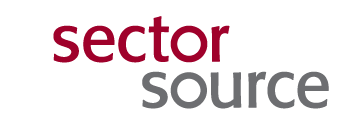In order to operate effectively and to address confidential issues in a timely and effective manner, boards sometimes need to meet without any staff or other stakeholders present. Some board responsibilities (e.g., performance evaluation or compensation of the most senior staff person) require in camera meetings at regular times during the year. However, calling for a special in camera meeting when one was not expected can cause awkwardness, particularly between the board and the most senior staff person. According to governance experts, best practice is to hold an in camera session at every regular board meeting, first with only the most senior staff person and board members present, and then with only board members present.1 This practice helps to normalize in camera sessions, countering the notion that they are only scheduled to deal with matters concerning the CEO or an imminent crisis.2
It is important that the board does not use the in camera meeting for topics that are typically discussed with management present. Some questions directed to the most senior staff person are best addressed when no other staff members are present. Other issues (e.g., internal board dynamics) are more effectively dealt with by the participants themselves without any other observers, including the most senior staff person. The distinction to be made is between maintaining confidentiality and engaging in secrecy.3
Note that the board chair is responsible for ensuring that any decisions or major topics covered during an in camera meeting are documented in either the board meeting minutes or separate minutes for in camera sessions.
- In Camera Board Sessions: Careful How You Use Them, Governing Good
- In-Camera Sessions, Miedemas Board Consulting
- What is an in camera session? How to maintain confidentiality in the Boardroom without generating fear, Conscious Governance
Section
Standards Reference Guide

